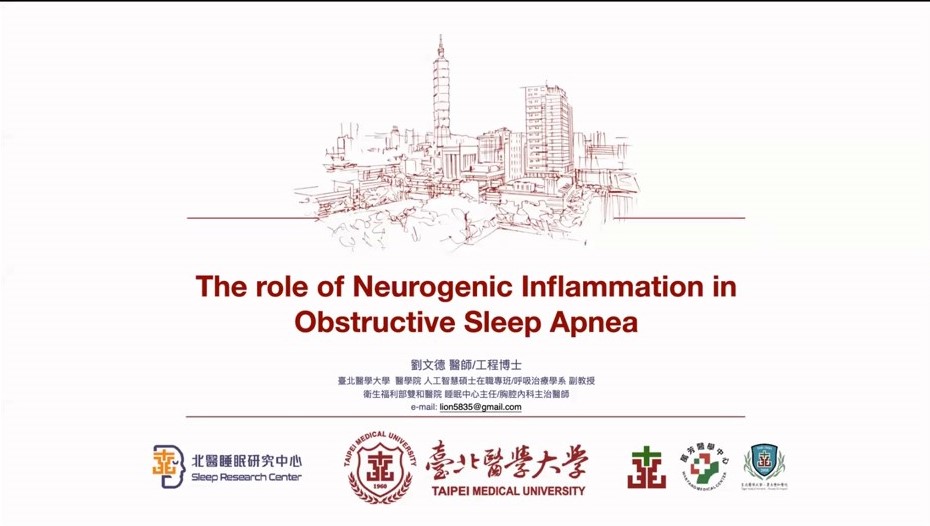
As we know, craniofacial abnormality and obesity, the kind of anatomical factors, are essential to cause obstructive sleep apnea (OSA). However, studies have also found that chronic rhinitis, sinusitis, and gastroesophageal reflux, are also prone to inflammation of the upper airway leading to congestion and swelling to deteriorate the severity of OSA. In recent years, research on gastroesophageal reflux disease (GERD) and non-allergic rhinitis found associations between some cellular receptors and these disorders. Activating one of the cellular receptors, transient receptor potential cation channel, subfamily V, member 1 (TRPV1) will cause an inflammatory response of the upper airway and esophagus, which is a phenomenon of neurogenic inflammation. The patients will develop symptoms such as runny nose, cough, and acid regurgitation that also cause the deterioration of OSA. Some evidence suggests that patients with erosive esophagitis had increased mRNA performance of TRPV1 on their esophageal mucosa. Besides, the severity of related respiratory inflammation and gastroesophageal reflux will improve if treated with an antagonist against TRPV1. Therefore, these clinical features of GERD, rhinitis and the associated upper airway inflammation are neurogenic inflammation, which is an essential factor leading to OSA. We need further research to approach the role of neurogenic inflammation in the upper airway to figure out the pathogenesis and other treatment strategies.